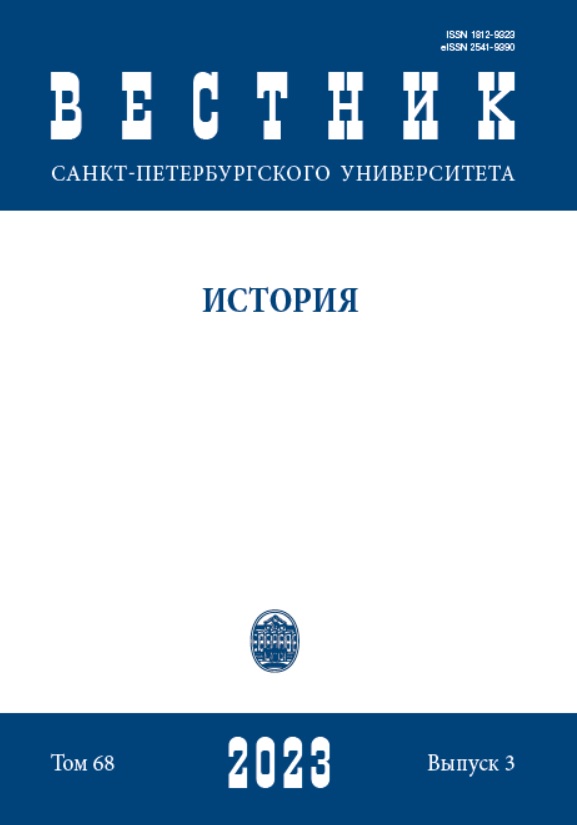Nationalization and Denationalization of Ownership of the Means of Production in Soviet Russia
DOI:
https://doi.org/10.21638/spbu02.2023.306Abstract
The article analyzes the dynamics of the role of the Soviet state in the most important institutional changes in the economic life of the country — property relations in the Soviet period. The article identifies the periods of trends in the nationalization and denationalization of ownership of the production capital of Soviet Russia, the most significant of which were the late 1920s — mid-1950s (the functioning of the state-dominated “Stalinist economic model”) and the second half of the 1950s–1980s (the period of the decline of the role of the state in the economy and the growth of the “privatization” potential). In addition to these trends, the article describes the most important aspects of the formation of a new class — the owner of the means of production. According to the authors of the article, this class initially emerged on
the historical arena of Soviet Russia in the 1930s. At the time, it was characterized by a small differentiation of titles of the owner, the “collective nature” of actions in the implementation of property rights, depersonalization of proprietary rights. During the period of denationalization of economic life in the mid-1950s–1980s private interests of different groups leaders — economic, party, Soviet and others — intensified as did the desire for the fullness of proprietary rights by certain categories of owners and for personification of proprietary claims.
Keywords:
nationalization, denationalization, Soviet Russia, property relations, class of owners
Downloads
References
Downloads
Published
How to Cite
Issue
Section
License
Articles of "Vestnik of Saint Petersburg University. History" are open access distributed under the terms of the License Agreement with Saint Petersburg State University, which permits to the authors unrestricted distribution and self-archiving free of charge.





